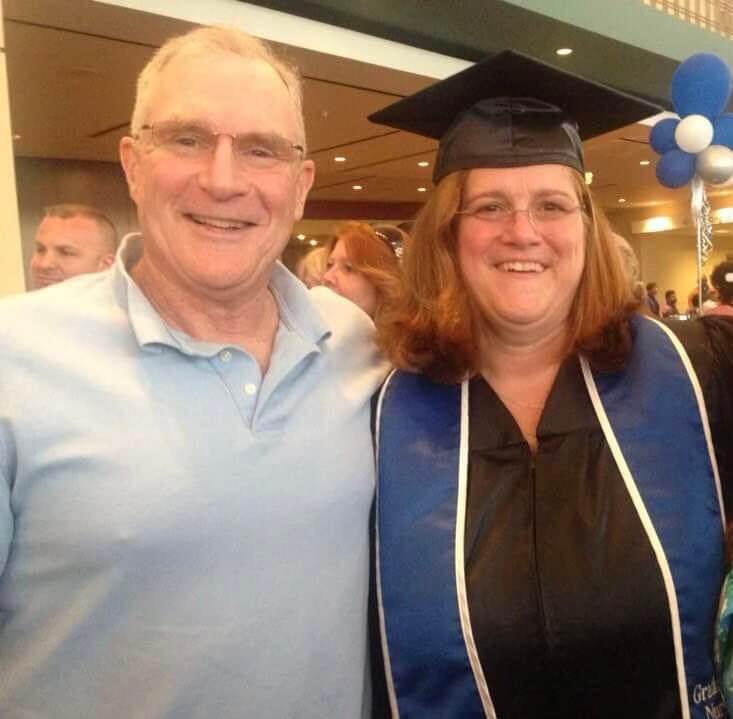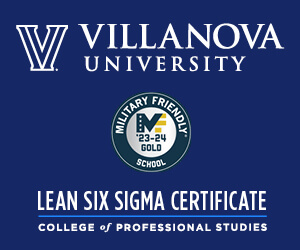Sean Ryan, a retired Army warrant officer, transferred his Post-9/11 GI Bill benefits to his wife without paperwork, frustration, emails or phone calls.
“It was surprisingly easy,” he said. “Just a few mouse clicks, and it was done.”
The former reservist said processes like this normally require filling out several forms that can be tedious and time consuming. Instead, he signed in to the Defense Enrollment Eligibility Reporting System (DEERS) website, checked the box next to his wife’s name and clicked a button to transfer his education benefits.
“The rest just happened,” he said.
Ryan served in the Army Reserve for 28 years after six years on active duty. He used the Post-9/11 GI Bill to pay for a bachelor’s, a master’s and an MBA. After the MBA, he didn’t want more education. But Jeanne wanted to finish a degree to become a registered nurse.
“I’ll take them,” she said of the benefits. “They worked fabulously.”
RELATED: 5 tips to successfully turn military service into college credit
The Veterans Administration says active duty or selected reservists are eligible if they’ve served at least six years and agree to serve four more. Lastly, people must enroll in DEERS, the website Sean used so Jeanne could return to school.
With DOD approval, a spouse or dependent children can qualify for funding for up to 36 months of tuition, housing, books and supplies.
Those benefits paid for Jeanne’s advancement beyond working as a licensed practical nurse (LPN). She initially attended Capital Community College, then completed her registered nurse (RN) education in 2018 through Goodwin University near their Connecticut home.
Deployments and delayed college enrollment
Sean’s deployments in the 82nd Airborne Division took him around the country. Plus, he served tours in 2003 and 2009 in Iraq during Operation Iraqi Freedom.
Such deployments can create stress that delay college enrollment for a veteran’s dependents or spouse. Even if a semester is about to begin, a family should start the process right away, according to Ryan Fonio, Drexel University’s assistant director of Veteran Services.
All the Yellow Ribbon school needs is a certificate of eligibility from VA and a form listing the student’s address, phone number, program and start date.
“We make it as easy as possible,” he said.
Completing those two documents normally takes, at most, 30 days, he said. Therefore, he said a family should apply to the VA and school of their choice as soon as possible.
Even if a semester’s about to begin, he said families should still sign up for classes. Later, when the VA paperwork arrives and benefits are transferred, Fonio can help students retroactively apply funds toward their bills.
“We don’t want you to not get a great education because the VA is going to take a couple of weeks to get your paperwork in,” he said. “That’s not an issue at all.”
Fonio said many parents use their GI Bill benefits for their children to attend the Philadelphia-area school.
“They know pretty much everything is going to be covered,” he said. “It’s a great benefit. A lot of our students do come here because they have that extra access through the GI Bill.”
Near the end of Ryan’s career in the Army Reserve, Jeanne saw her opportunity to become an RN.
After Sean made his clicks, Jeanne used a website to apply GI Bill benefits to her tuition and books. Then, veteran support staff at Goodwin worked with the DOD for the rest.
“Everything was very seamless,” she said. “We did everything online.”
A statement every semester showed the GI Bill paid Jeanne’s education expenses. For the Ryans, transferred GI Bill benefits paid all but her last semester to become an RN.
“It worked really well and it was perfect timing,” she said.








































